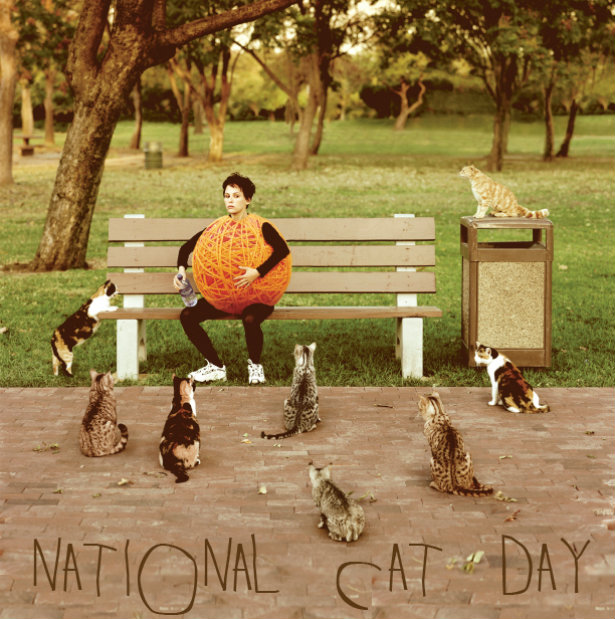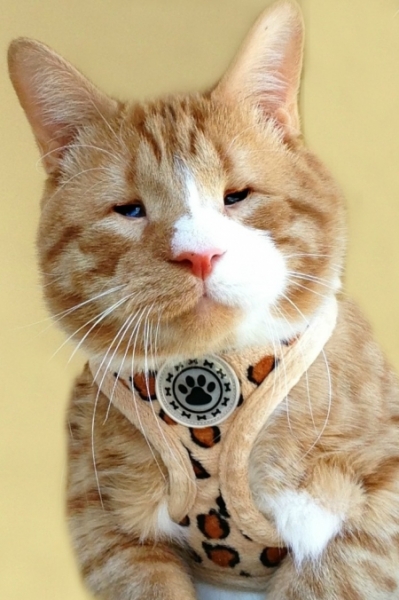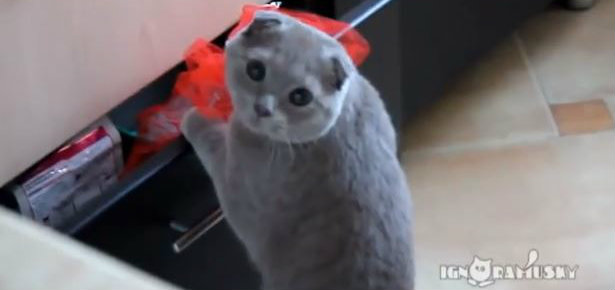

The Tooth Fairy is Real, Bringing Veterinary Dentistry Friends to Best Friends Animal Society, the Nation’s Largest No-Kill Companion Animal Sanctuary
During this holiday season, it’s time you knew that there really is a tooth fairy… for homeless dogs and cats. In fact there are six tooth fairies: animal dentistry experts traveling from southern California to Best Friends Animal Society’s sanctuary in remote southern Utah to perform 60 dentals between Jan. 2 and Jan. 4, 2015.
Best Friends’ sanctuary has 1,700 companion animals of various species and since rescued animals who arrive at the sanctuary often come from cases of abuse or neglect, that’s a lot of teeth needing work.
Dr. Brook A. Niemiec, DVM of Southern California Veterinary Dental Specialties & Oral Surgery, said he and his colleagues* believe strongly in donating their services to help homeless dogs and cats.
“It is unrealistic for most potential adopters to take on a large health care investment when adopting a new pet. This makes shelter or sanctuary animals with dental disease significantly less adoptable, which means that these pets tend to have long shelter stays and/or require placement with rescue groups versus an adoptive family,” Niemiec said.
“It is wonderful that Dr. Niemiec helped organize a group of veterinarians who are experts in this field to come out to the sanctuary to help us get caught up on our dentals and to provide us with up-to-date knowledge on dental care,” said Dr. Michael Dix, DVM, Best Friends Animal Society’s medical director. “As we get a lot of animals that have not had dental work previous to coming to the sanctuary, and their dental problems tend to be very extensive, we have a hard time staying on top of the animals’ dental needs. Dr. Niemiec and his team will help us make sure the animals get that dental care. This is incredibly generous of Dr. Niemiec and his associates. It is hard to express how thankful we are for their kindness and generosity.”
Niemiec said, “Our goal at Southern California and Gulf South Veterinary Dental Specialties & Oral Surgery in making this trip to Best Friends’ sanctuary is to make these dogs and cats happier and healthier as well as more adoptable.”
In addition to helping the dogs and cats at Best Friends’ sanctuary as well as local shelter animals in southern California, Southern California Veterinary Dental Specialties & Oral Surgery has started a “Pet’s Tooth Fairy Fund”® to help pets whose owners cannot afford advanced dental treatment. For more information, please contact Info@scvds.com.
Niemiec said, “Dental and oral disease is by far the most common problem in dogs and cats. As we now know, dental disease is not only painful, it is also a source of both local and systemic infection. Therefore, proper therapy has a significant positive affect on the quality of life. In addition, proper dental care for animals requires anesthesia and is often extensive, which is why the associated costs are generally expensive.
“The majority of veterinarians and technicians have minimal training in veterinary dentistry. This means that dental procedures can take a long time, which limits the number of procedures per day, backing up the rate of adoptions. Our vets practice only dentistry and as such are typically more time efficient, have fewer complications, and utilize less invasive surgical techniques. In this way, we can treat more patients in a shorter amount of time. In addition, our advanced equipment and techniques allows us to save major teeth which may have in other cases been extracted. This not only saves functional teeth, it also minimizes surgical & post-operative pain and complications,” Niemiec said.
Facts to know about dental disease in dogs and cats:
- Oral and dental disease are by far the most common problem affecting dogs and cats
- 80% of dogs and 70% of cats have some form of gum disease by 3 years of age.
- 10% of all dogs have a fractured tooth with direct pulp (nerve) exposure.
- Up to 60% of cats have a painful cavity like lesion called tooth resorption.
- The oral cavity is the 4th most common site in the body for cancer.
- Most oral conditions are either very painful, a source of significant infection, or both.
- Despite the significant pain and infection of dental disease, there are rarely outward clinical signs. Therefore the majority of pets “suffer in silence.”
- However, when dental disease is treated, clients often report that their pet “is acting like a puppy/kitten again.”
- Dental specialists have the ability to provide faster and less traumatic treatments with a higher success rate than general practitioners.
- Veterinary dentists can save teeth via methods of root canals, crowns, and periodontal surgery.
Join the newsletter and never miss out on cat content again!
"*" indicates required fields
By clicking the arrow, you agree to our web Terms of Use and Privacy & Cookie Policy. Easy unsubscribe links are provided in every email.









